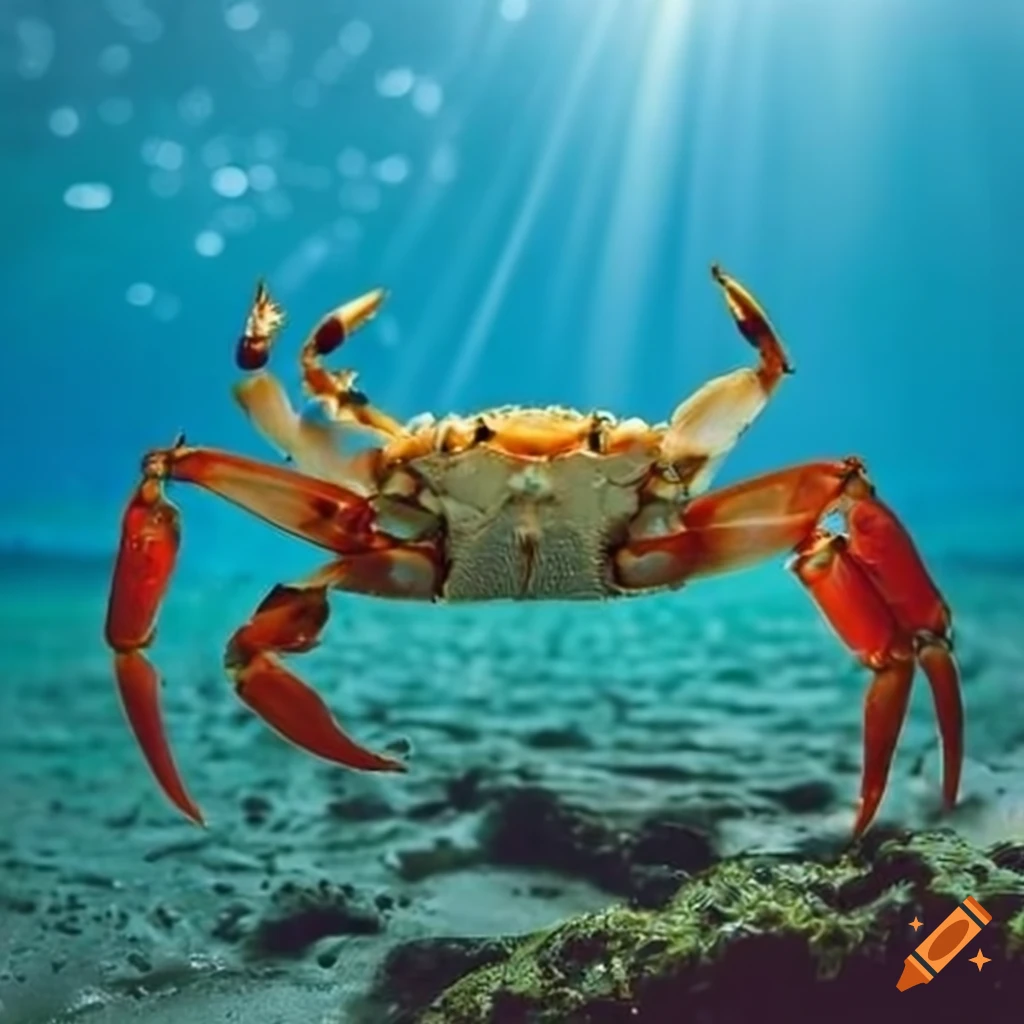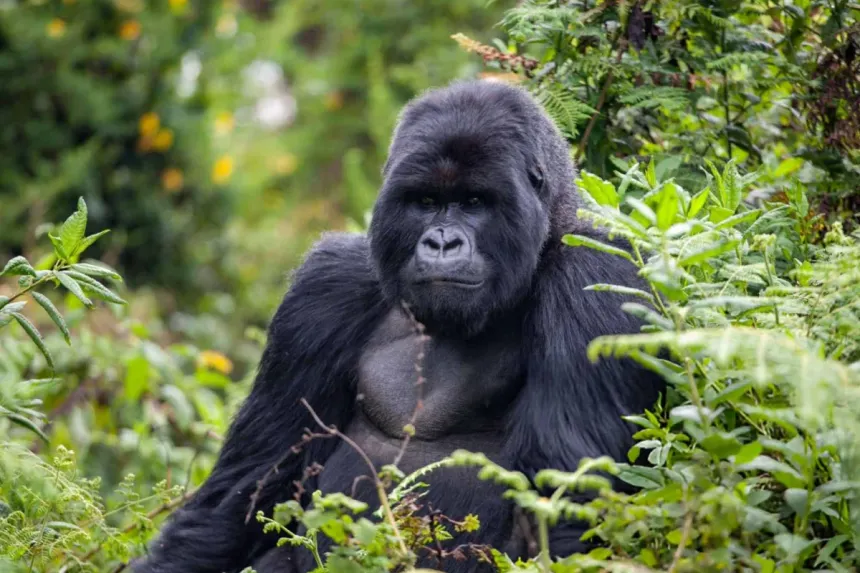What Do Crabs Eat in the Ocean.

What Do Crabs Eat in the Ocean? — The Diet of a Clever Crustacean
Crabs are among the most adaptable and widespread creatures in the ocean. With their tough shells, strong pincers, and ability to scurry across the sea floor or cling to rocky coasts, they have evolved into highly skilled eaters. One of the most interesting aspects of their biology is their diverse diet. Crabs are omnivores, meaning they eat both plant and animal matter, depending on what is available in their habitat.
A large portion of a crab’s diet consists of algae and seaweed. These marine plants are easy to find on rocks, coral reefs, and along shorelines. Crabs often scrape algae off surfaces or pull apart clumps of seaweed to feed. In addition to plant material, many crabs are skilled predators and opportunistic feeders. They commonly consume small fish, shrimp, snails, worms, and other invertebrates. Their powerful pincers allow them to catch prey, crush shells, and tear food into manageable pieces.
Crabs are also essential scavengers in marine ecosystems. They consume detritus, which includes decaying plant and animal material. By cleaning up dead matter from the ocean floor, crabs help recycle nutrients and maintain the health of their environment. Some species, like deep-sea crabs, rely heavily on carrion (dead animals) and bacteria for sustenance, especially in habitats where fresh prey is scarce.
Plankton also plays a role in the diet of young crabs. When they are still in their larval stage, crabs are too small to eat solid food, so they survive on drifting microscopic organisms. As they grow, they gradually shift to larger food sources and develop the strong claws needed to hunt and scavenge.

The type of food a crab eats often depends on its habitat. Crabs that live in sandy environments may sift through the substrate for tiny particles, while those living on rocky shores or coral reefs might crack open shellfish like clams or mussels. Species like hermit crabs focus mostly on scavenging, while others, such as coconut crabs, are known to climb trees and even crack coconuts to eat the flesh inside.
A crab’s diet is vital for its health, especially for growth and molting, as they periodically shed their exoskeleton to grow. Protein and calcium from their food help form a new, stronger shell. Additionally, their role as both predators and scavengers keeps marine food webs balanced and the ocean floor cleaner.
In conclusion, crabs are not picky eaters. From algae and plankton to fish and dead animals, their versatile diet allows them to thrive in many parts of the ocean. Their feeding habits are not just interesting but also essential to the overall health of marine ecosystems. Crabs are true multitaskers — hunters, cleaners, and survivors of the sea.



